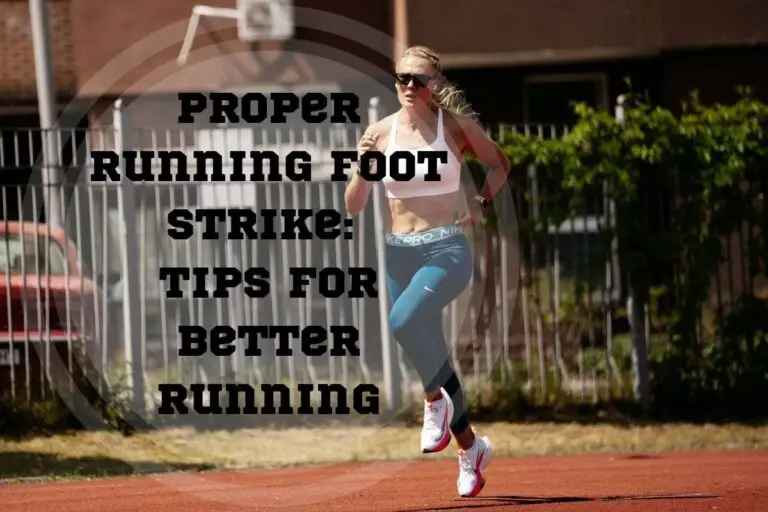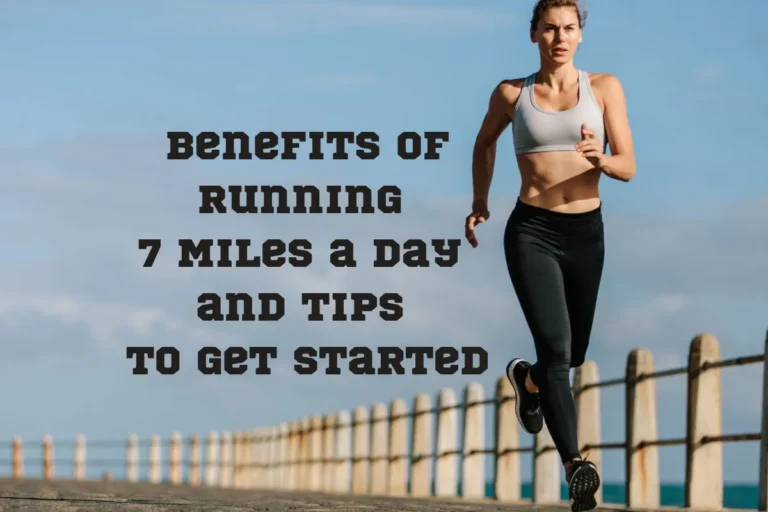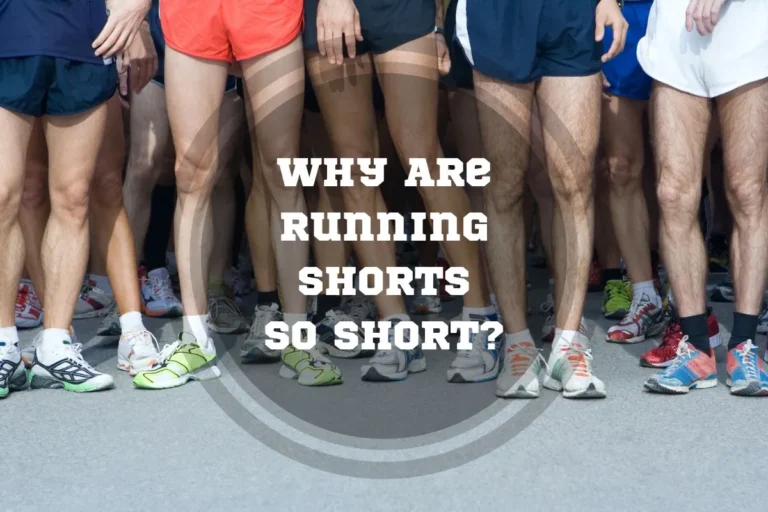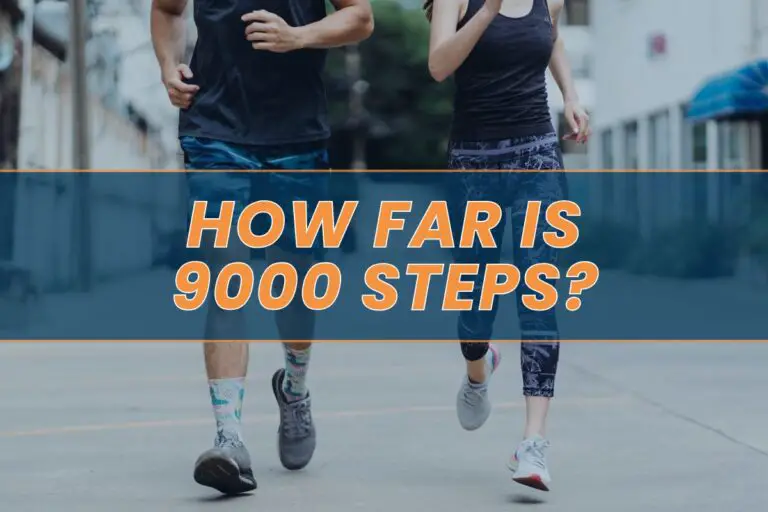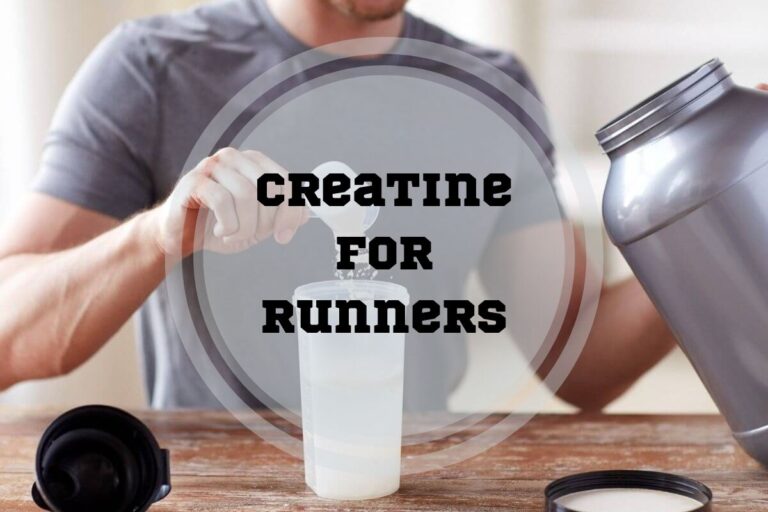3 Symptoms of Chills While Running: 5 Ways How to Avoid It
Running is an important part of many people’s lives and routines. However, it’s common to encounter chills while running. Many people don’t know why they experience chills during exercise and if this sensation could cause any harm.
In this blog post, we will discuss the causes of chills when running in different types of weather conditions, the symptoms associated with them, and specific strategies to stay safe from potential harms.
Read on for our breakdown of understanding what your body is feeling when you experience chills hours after running — and how to prevent danger signs in the future.
How to avoid chills while running?
Chills while running may indicate heat exhaustion, dehydration, or even hypothermia. Common symptoms of chills include goosebumps, feeling cold, and shivering. To reduce risks, it is important for runners to stay hydrated, wear suitable clothing for the weather conditions, and take scheduled breaks during runs when needed.
Why Do Runners Experience Chills?
Chills while running may be caused by a combination of several factors. Let’s discuss them in detail.
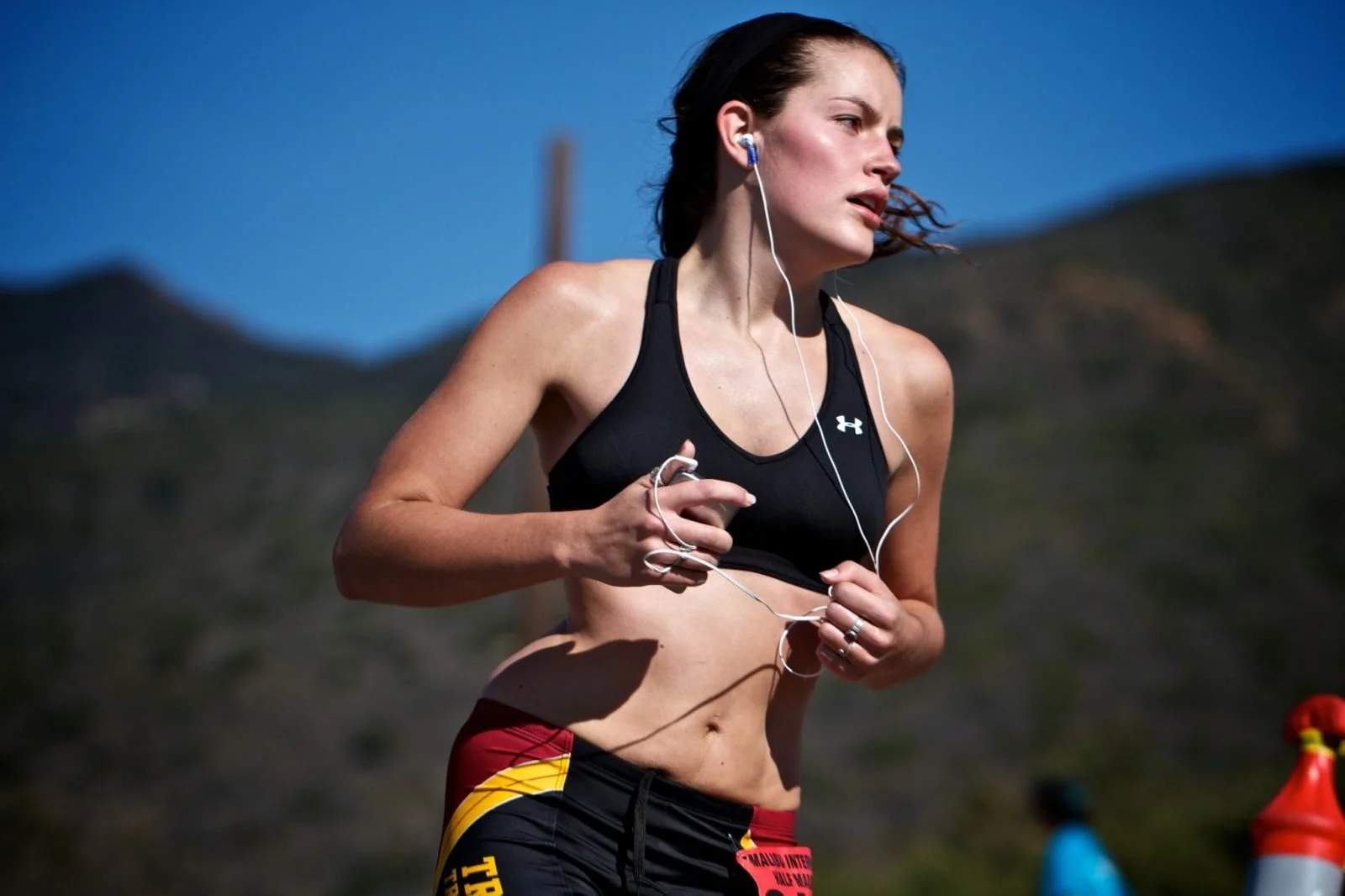
Do Chills While Running Depend on the Weather?
Chills while running can occur in all weather conditions, from extremely hot to very cold. Hot climates may lead to overheating and heat exhaustion, where the body is unable to cool itself properly due to lack of sweat or dehydration.
Prolonged exposure to cold temperatures can result in shivering, feeling chilled, and even hypothermia if the runner does not have proper protective gear for winter. Additionally, wind can lead to chills and coughing after running in the cold, as it cools down the skin temperature faster by removing trapped heat from the body surface.
Chills can occur either during or after running, depending on several factors. During exercise in warm and humid environments, it is common to feel chills due to the body’s thermoregulatory response of triggering shivering or perspiration for cooling down. Additionally, hyperthermia caused by overexertion during long runs may also result in chills following intense activities such as a marathon race.
What Do Chills Indicate in Runners?
Chills while running are often a sign of overheating, dehydration, heat exhaustion, or even hypothermia. Let’s take a closer look at the reasons you feel chills and nausea after running.
1. Overheating
Overheating (hyperthermia) occurs when the body is not able to regulate its internal temperature efficiently, making it difficult for your core temperature to stay in the ideal healthy range.
Common symptoms include profuse sweating, dizziness, rapid heart rate, and muscle cramps. Unexpectedly cold feelings with raised hairs also known as “goose bumps” on any part of the body are signs that you may need a rest break since this could indicate that you are too warm.
2. Dehydration
When you are dehydrated, the body’s natural sweating response is compromised. This can lead to chills and goosebumps in hot weather — a particularly common problem for athletes who don’t drink fluids while exercising.
Symptoms of dehydration include severe thirst, dry mouth, decreased saliva production, and fever. Moreover, chronic dehydration leads to a greater risk of heat-related illnesses such as fatigue, mood swings, and headaches.
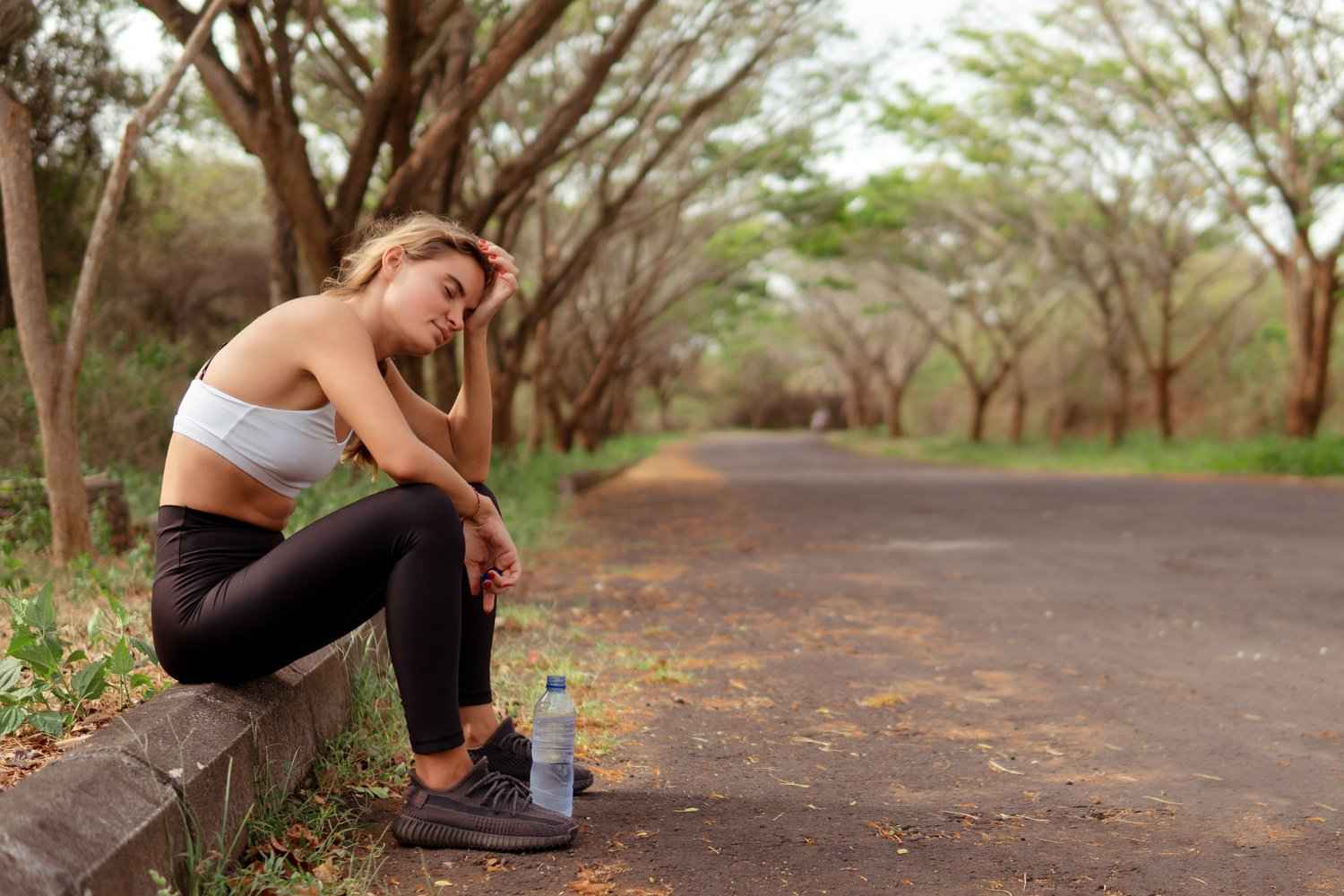
3. Heat Exhaustion
Heat exhaustion is a heat-related illness that can occur when a runner’s body temperature rises above normal levels. It happens when hot temperatures combined with dehydration hinder the body’s cooling system, leading to symptoms like heavy sweating, a rapid heart rate, dizziness, and confusion.
A long run in warm weather might make it challenging for the body to cool itself adequately, causing excess heat buildup. This can potentially cause chills after running in the heat.
4. Hypothermia
Hypothermia is a condition where the body’s core temperature drops dangerously low. Despite being more common among elderly people who live in cold climates, runners can also experience this condition due to exhaustion from running and overexposure to cold temperatures.
For runners, hypothermia may occur even when exercising on cold days if they stay outdoors for an extended period of time without generating enough heat. It leads to their core temperature cooling down below 96–97 °F, which results in uncontrollable shivering — one of the earliest signs of hypothermia. Other notable symptoms include confusion, euphoria, fatigue, and changes in mental state similar to intoxication.
3 Symptoms of Chills While Running
Chills while running may manifest in different ways. Learn more about recognizing these signs and symptoms to keep your run safe.
1. Goosebumps
Goosebumps are a common occurrence while running and can be the result of either soothing cool temperatures or a physiological response. Physiologically, goosebumps appear when tiny muscles in hair follicles contract, creating a thin layer of air near the skin surface to conserve body heat.
In addition to shivering due to physical exertion, cooler climates may also trigger goosebumps as the body attempts to warm and protect itself from lower temperatures by raising small hairs on its surface.
2. Feeling Cold
Cold temperatures can cause an internal decrease in body temperature, leading to shivering and an increased sensation of coldness. As a person runs at faster speeds with more vigorous movements, their production of heat increases, which helps combat these dips in core body temperature.
Prolonged exposure to cold weather can stimulate any potential changes in core body temperature while running outdoors, making chills more likely if you fail to dress appropriately.
3. Shivering
Shivering while running can be a frightening experience, one that signals your body’s distress. It is usually accompanied by sudden chills and feelings of coldness. Shivering occurs when the body has an involuntary muscle contraction in response to physical or mental stress, like extreme cold or sudden fear.
While it is natural to get goosebumps due to changes in temperature during exercise, if you find yourself shaking suddenly even while wearing the appropriate gear, it could be a sign of something more serious, and you should immediately stop running and cool down your core temperature.
What to Do if You Feel Chills while Running: 3 Tips
If you experience sweat chills while running, it is best to stop immediately and take some steps to cool yourself down.
1. Stop Running and Rest
If runners experience chills or shivering during a workout, it is advisable to stop and rest to avoid further complications.
This way, you can prevent heat exhaustion, dehydration, and even heat stroke, which can develop if the body temperature gets too high.
2. Find Shade
Finding shade while running is a crucial step toward avoiding heat-related illnesses like chills, spasms, or complications like heat stroke and dehydration. Exposure to direct sunlight not only increases your risk of overheating but also raises the core body temperature, making you more prone to getting chills.
Even enjoying a short break in a shady area can work wonders for preventing overheating while giving you time to hydrate or refuel before continuing your run.
3. Hydrate and Cool Down
Staying properly hydrated and cooling down appropriately is essential for runners of all levels. Hydration helps the body’s cooling mechanism, maintaining sweat production, and preventing dehydration – a common cause of chills while running in heat.
It’s equally important to follow up any activity with a proper cooldown routine, slowly decreasing your intensity as your body temperature cools and return to its resting level.
Subscribe to Our Running Newsletter!
Get free running tips from renowned professional athletes and discounts from top-notch brands.
What to Do When You Feel Chills after Running: 3 Tips
Here are 3 main tips to keep you safe from chills hours after running.
1. Change into Dry Clothes
After finishing a run, it is important to change into dry clothes immediately. When wet from sweat or rain, your body quickly cools, potentially causing post-run chills and prolonging the recovery process.
There are many benefits of changing into dry clothing when done right away, including helping avoid exhaustion and reducing muscle aches as well as preventing colds or flu-like symptoms.
2. Take a Warm Shower
Taking a warm shower can be an effective way to lessen the discomfort of chills that occur after running. Warm water is known to relax the body and reduce muscle tension, providing relief from shivering.
Additionally, immersing in warm water helps regulate the core body temperature, which can help lower chill-related symptoms like goosebumps and coldness.
3. Consume Warm Liquids
Consuming warm liquids after running is an important way to help regulate body temperature and quickly alleviate chills. Heat exhaustion, which occurs when the body overheats and can cause symptoms such as heavy sweating and a rapid pulse, can be managed quickly by consuming warm fluids.
While water is always necessary for staying healthy during physical activities, warm liquids like tea or fruit juices are even better suited for cardiovascular performances since they work faster due to their higher caloric content.
5 Ways to Avoid Chills and Goosebumps while Running
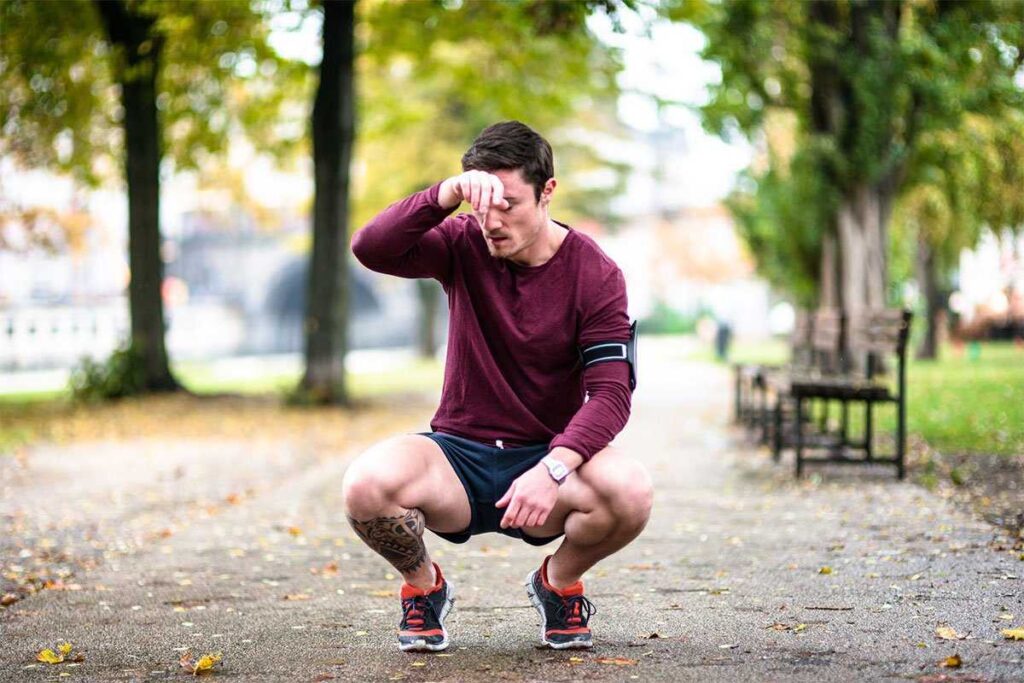
By following 5 simple tips, it is possible to prevent chills while running:
1. Stay Hydrated and Follow a Healthy Diet
Staying hydrated and consuming a balanced, nutritious diet is essential for all runners to help reduce the risk of chills during or after running. The body needs sufficient fluids and electrolytes to maintain its natural perspiration response, which helps keep it cool during exercise.
A healthy diet also supports the body by providing adequate nutrition that can help regulate its temperature levels when running in hot weather.
2. Dress Appropriately for the Weather
Appropriate clothing for the temperature and weather conditions will help maintain a comfortable body temperature, thus preventing chills and reducing energy expenditure while exercising outdoors.

Pro Tip:
During colder months, you should choose moisture-wicking materials such as synthetic fibers or wool that provide warmth without overheating. On hot days, lightweight fabrics draw sweat away from the body, allowing evaporative cooling when exposed to air. Additionally, wearing hats or sun visors can shield your face/head from direct sunlight while running.
3. Warm Up and Cool Down Properly
Warming up and cooling down are essential steps of any good running routine. Taking the time to warm-up before starting a workout will enhance your performance, reduce your risk of injury, and minimize chills while running.

Pro Tip:
Start with dynamic movements like jogging or walking and use stretches to target all muscle groups, as static stretching can be harmful if done incorrectly. A cool-down is just as crucial after a workout in order to allow the body’s temperature to return to its normal level.
4. Listen to Your Body and Take Breaks when Needed
Ignoring the warning signs of fatigue, heat exhaustion, or hypothermia can be dangerous if you don’t take the time to rest appropriately. Some common symptoms that indicate it is time for a break include dizziness, feeling faint, increased heart rate, headache, feeling weak or shaky, dehydration headaches, or even chills and goosebumps after exercising in warm weather.
If any of these signs appear during a run, it is important to stop immediately and seek shade at the first opportunity while rehydrating yourself as soon as possible.
5. Seek Medical Attention if Symptoms Worsen or Persist
It is essential to seek medical attention if you experience worsening or persistent symptoms while running, such as chills, goosebumps, feeling cold, shivering, fatigue, and excessive sweating.
If left untreated, they can lead to further complications such as lower body temperature and an increased risk of infection.
Frequently Asked Questions about Chills while Running
Why Do I Get Goosebumps and Chills after Working Out?
Chills and goosebumps may occur after a workout due to the body’s thermoregulatory process. This involves cooling down, which is normally achieved by sweating. When sweat evaporates off the skin, it causes an active layer of chill on the body. Your body tries to warm up and makes muscles contract and cause tiny follicles in hair to rise, creating goosebumps.
Can Over Exhaustion Cause Chills?
Yes, it can cause chills while running. When a person is physically overexerted from intense activity, the body temperature control mechanisms are challenged, potentially leading to feelings of coldness and shivering, even in warm weather.
Final Thoughts on Chills while Running
Chills while running can be a sign that something is wrong, and they should not be taken lightly. It’s best to stop and rest immediately if you feel chills or cold during exercise. It could indicate heat exhaustion or dehydration, which poses serious health concerns.
Tips for preventing chills include staying hydrated, wearing appropriate clothing for weather conditions, taking regular breaks during a run when necessary, consuming plenty of warm fluids post-run, and changing into dry clothes promptly.
As always, consult with medical experts if you experience prolonged shivering episodes, as these may indicate further health risks.
Have you ever felt chills and nausea after running? Please share your experience in the comments below.
Also read:
- Running on Grass vs Concrete
- Coffee After Running
- Running 15 Miles a Week
- Should I Run if My Legs Are Sore
- 30 Minute Run Workout
- What to Wear Running in 50 Degree Weather
- Cross Country VS Track
- Running Shoes vs Sneakers
- Postpartum Running Plan
References:
- Physiology of Cold Exposure // NCBI: https://www.ncbi.nlm.nih.gov/books/NBK232852/
- What should you know about hyperthermia? // Medical News Today: https://www.medicalnewstoday.com/articles/320226
- HOW THERMOREGULATION CAN GIVE ATHLETES AN EDGE (MISSION ATHLETECARE) // Korey Stringer Institute: https://ksi.uconn.edu/2015/05/17/how-thermoregulation-can-give-athletes-an-edge-mission-athletecare/
- Why Do I Have the Chills? Reasons Other Than Fever // WebMD: https://www.webmd.com/cold-and-flu/ss/slideshow-why-do-i-have-chills-reasons-other-than-fever
- Chills // Mount Sinai: https://www.mountsinai.org/health-library/symptoms/chills
- What Causes Chills? // Health.com: https://www.health.com/condition/infectious-diseases/chills-causes
- Heat Stress and Thermal Strain Challenges in Running // JOSPT: https://www.jospt.org/doi/10.2519/jospt.2014.5500
- Hot drinks ease cold and flu // NICS Well: https://www.nicswell.co.uk/health-news/hot-drinks-ease-cold-and-flu
- Prevention of running injuries by warm-up, cool-down, and stretching exercises // PubMed: https://pubmed.ncbi.nlm.nih.gov/8238713/
If you have any questions or suggestions, you can contact us via email – [email protected]


